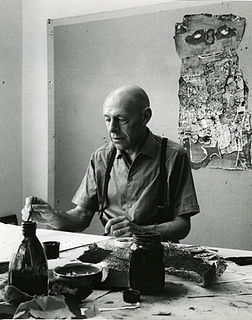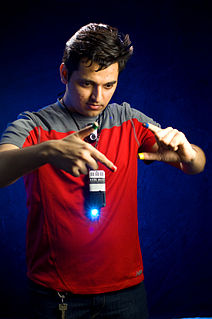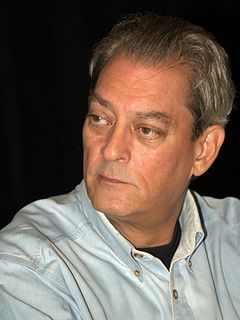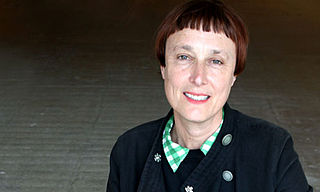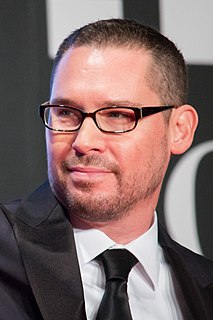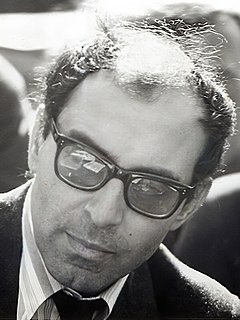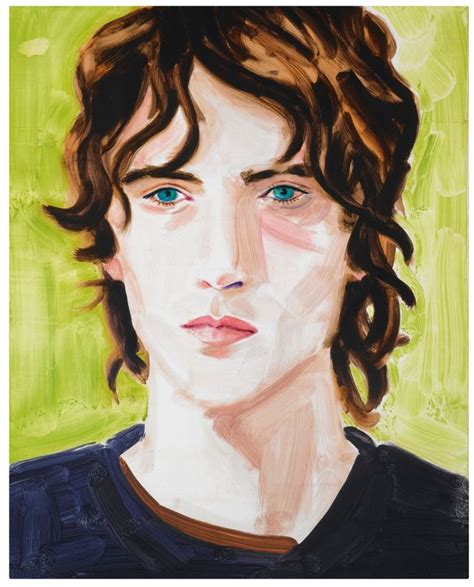A Quote by Jean Dubuffet
I have always directed my attempts at the figurative representation of objects by way of summary and not very descriptive brushstrokes, diverging greatly from the real objective measurements of things, and this has led many people to talk about childish drawing.. ..this position of seeing them (the objects) without looking at them too much, without focussing more attention on them than any ordinary man would in normal everyday life..
Quote Topics
About
Always
Any
Attempts
Attention
Childish
Day Life
Descriptive
Directed
Drawing
Everyday
Everyday Life
Greatly
Led
Life
Looking
Man
Many
Measurements
More
Much
Normal
Objective
Objects
Ordinary
Ordinary Man
People
Position
Real
Representation
Seeing
Summary
Talk
Than
Them
Things
Too
Too Much
Very
Way
Without
Would
Related Quotes
There is nothing more terrible, I learned, than having to face the objects of a dead man. Things are inert: that have meaning only in function of the life that makes use of them. When that life ends, the things change, even though they remain the same. […] they say something to us, standing there not as objects but as remnants of thought, of consciousness, emblems of the solitude in which a man comes to make decisions about himself.
Being a sculptor who uses found objects, all the objects I use in my work have been designed by other people. So I'm tweaking them in some way by squashing them or throwing them off cliffs! Then I formalise my damage by suspending them or arranging them in some kind of way. So I'm using other people's design in a way, so I'm an 'un-maker.'
People habituate themselves to let things pass through their minds, as one may speak, rather than to think of them. Thus by use they become satisfied merely with seeing what is said, without going any further. Review and attention, and even forming a judgment, becomes fatigue; and to lay anything before them that requires it, is putting them quite out of their way.
My pictures are devoid of objects; like objects, they are themselves objects. This means that they are devoid of content, significance or meaning, like objects or trees, animals, people or days, all of which are there without a reason, without a function and without a purpose. This is the quality that counts. Even so, there are good and bad pictures.
Perception without the perceiver in meditation is to commune with the height and depth of the immense. This perception is entirely different from seeing an object without an observer, because in the perception of meditation there is no object and therefore no experience. can, however, take place when the eyes are open and one is surrounded by objects of every kind. But then these objects have no importance at all. One sees them but there is no process of recognition, which means there is no experiencing.
